Who Is the Old Money Aesthetic Suited For?
Advertisement
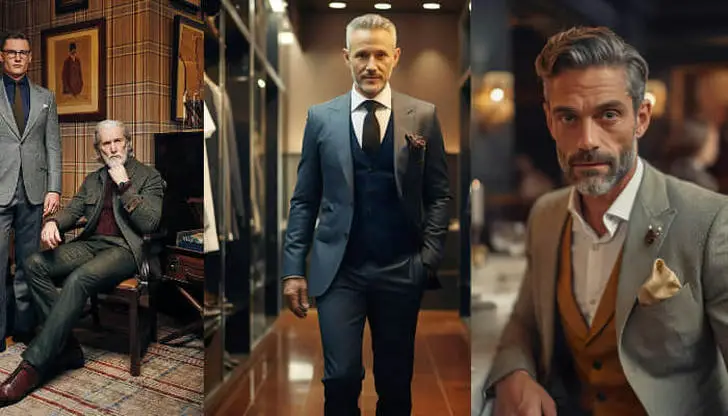
If you've been scrolling through TikTok lately, chances are you've stumbled upon a burgeoning trend known as the "old money aesthetic." So far, the #OldMoney hashtag on TikTok has amassed over 1 billion views.
What is “Old Money Aesthetic?
The so-called "old money" means being wealthy for generations. It's not just about having money, but also about possessing culture and taste. Dressing elegantly and tastefully, exuding a dignified aura, and paying attention to details, this understated style, devoid of ostentation, emanates a sense of luxury, hence also known as "elegant style".
We often see old photos of some old money families from the last century, all maintaining a coordinated overall dress and color scheme, with no one looking out of place in the group photo.
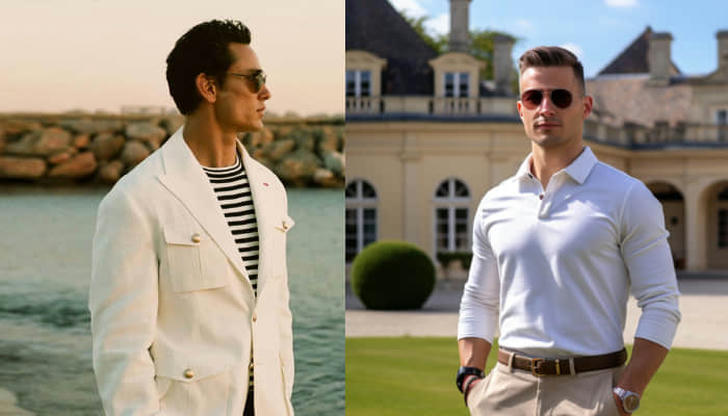
Versatile black, white, gray, and subtle earth tones... These are the most dignified color combinations in their eyes.
In an era saturated with big logos, prints, flashy diamonds, and vintage trends on the Internet, the "old money aesthetic" quickly rises to cleanse visual and aesthetic fatigue. With seemingly ordinary outfits, it stands out as the superior choice!
Celebrities like Cate Blanchett in "Blue Jasmine" are often hailed as exemplars of the "old money aesthetic".
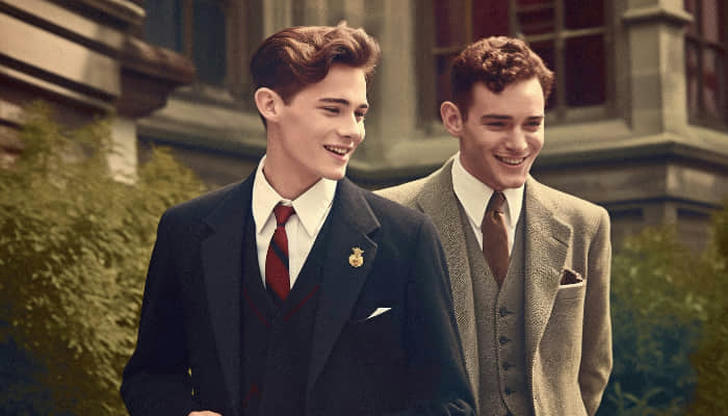
Natural fabrics like silk, wool, and cashmere are favored in the TV show, aiming for genuine comfort. Often, a simple dress or a well-fitted suit, even without jewelry, can fully showcase Cate Blanchett's elegance and wealth.
So, the charm of the "old money aesthetic" largely comes from the sense of self-comfort, self-pleasure, and spiritual richness.
However, this understated, natural sense of relaxation largely stems from the confidence accumulated over generations, thus shaping the dressing habits of the "old money aesthetic", mostly characterized by black, white, gray, camel, and other neutral tones, conveying a subdued yet sophisticated dressing approach.
When it comes to who the old money style suits best, it's hard to think of a group more fitting than career women and office workers.
Although rooted in decades-long traditions and wealth that seems beyond reach, creating the Old Money Aesthetic doesn't demand a bank account with nine figures.
Common Items Reflecting Old Money Aesthetic
If you want to exude this style, must prioritize classic, impeccably crafted garments that define the essence of the Old Money Aesthetic.
1. Tailored Suits
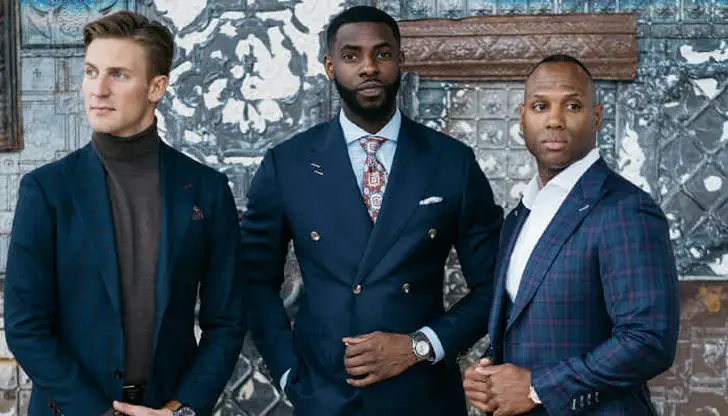
In the realm of Old Money fashion, a finely tailored blazer embodies both versatility and sophistication. Suit ensembles are typically meticulously tailored, aligning with the Old Money pursuit of high quality and elegance. They represent a traditional attire choice, resonating with the Old Money culture's emphasis on traditional values and taste. Opting for a suit ensemble that suits one's body shape enhances a graceful image.
2. Blazer
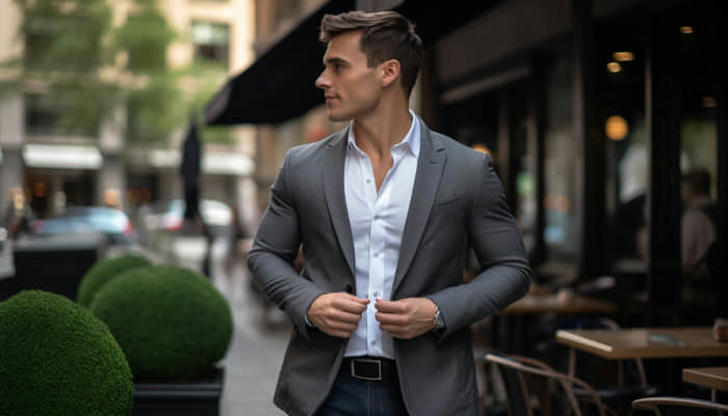
The blazer stands as an iconic element of the Old Money aesthetic, capable of elevating a casual jeans ensemble or pairing effortlessly with a chic knee-length skirt and pullover for a relaxed yet polished appearance. Opting for a longer, oversized cut lends your outfit a vintage flair.
3. Dress and Gowns
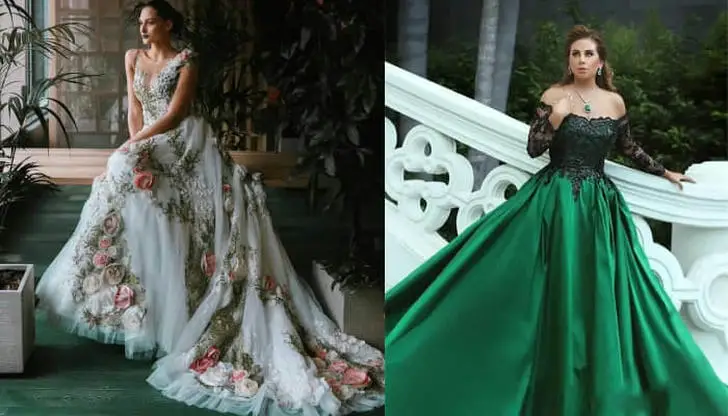
Dresses and gowns epitomize femininity within the Old Money aesthetic, embodying elegance and grace. They focus on meticulous detailing and high-quality fabrics, meticulously crafted to accentuate your grace and poise with every seam.
4. Classic Ivy Style
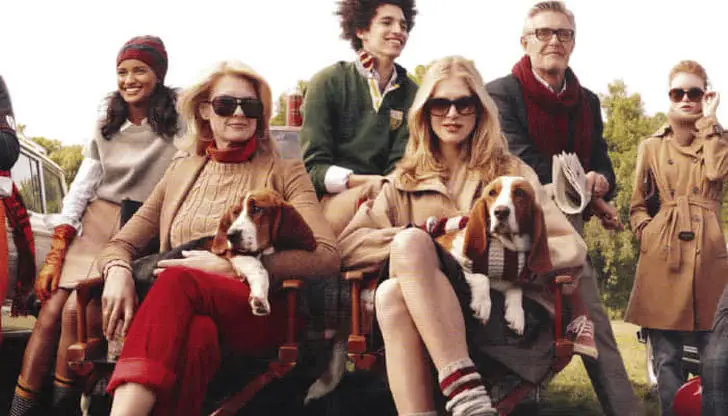
The "Old Money" style of dressing shares a striking resemblance with what we often refer to as the Ivy style. This connection stems from the deep-rooted understanding of the importance of education within traditional Old Money families. Through generations of leading by example, young members of these families are instilled with a strong work ethic and a dedication to academic pursuits. Consequently, their attire naturally exudes an unmistakable scholarly vibe.
Garments like wool V-neck sweaters, Oxford shirts, and tennis skirts are quintessential staples of Ivy attire and seamlessly translate into the Old Money aesthetic. This is why the Old Money aesthetic bears such a close resemblance to the academic aesthetic.
5. Sporty Elements
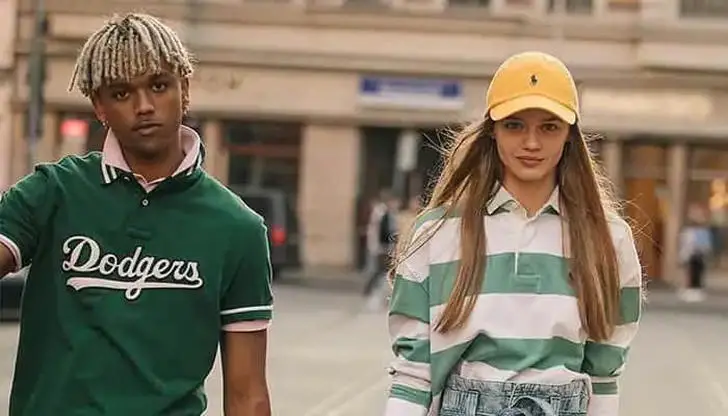
In fact, for "Old Money" individuals who have been wealthy for more than three generations, sporty elements are also essential in the Old Money Aesthetic. This is because they don't need to work in their daily lives; their assets are managed by trust funds.
Their leisure time is mostly filled with activities like horseback riding, tennis, and skiing.
The classic chic attire often seen at tennis clubs embodies simplicity and elegance, with a touch of sophistication. The simplest dark-colored polo shirt paired with a pleated skirt exudes a vintage charm with a hint of vitality and vigor inherent in sports.
How to Dress with Old Money Aesthetic?
Honestly, the essence of "old money style" dressing boils down to three things: comfort, neutral colors, and no logos!
1. Comfortable Materials Come First
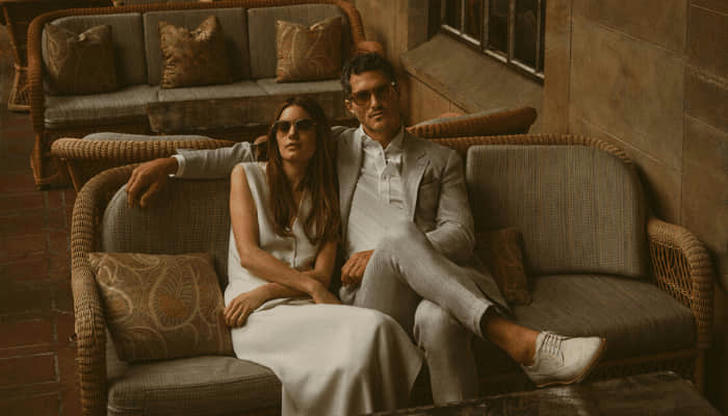
Comfortable materials take precedence, with the Old Money style placing a strong emphasis on practical comfort and enduring high quality. Therefore, winter attire predominantly features cashmere and wool, while summer attire leans towards silk and cotton-linen blends.
Whether it's cashmere or silk-cotton blends, the softness of natural fibers and their visible quality symbolize the leisurely comfort of the Old Money lifestyle.
2. Not Defining Oneself With Logos

Eschewing logos is a distinct hallmark of the Old Money style. The understated, logo-free attire unmistakably signifies that they've moved beyond the phase of flaunting luxury brands. This attitude represents both a sense of detachment and the leisurely demeanor of those who have long indulged in affluence.
Moreover, some Old Money individuals, still uphold the tradition of clothing inheritance from their ancestors, passing down garments from grandfather to father and then to son, continuing this legacy generation after generation. Even when worn or damaged, they prefer to mend rather than discard, cherishing this inheritance-based approach to dressing as a reflection of their identity.
3. Casual Low Saturation
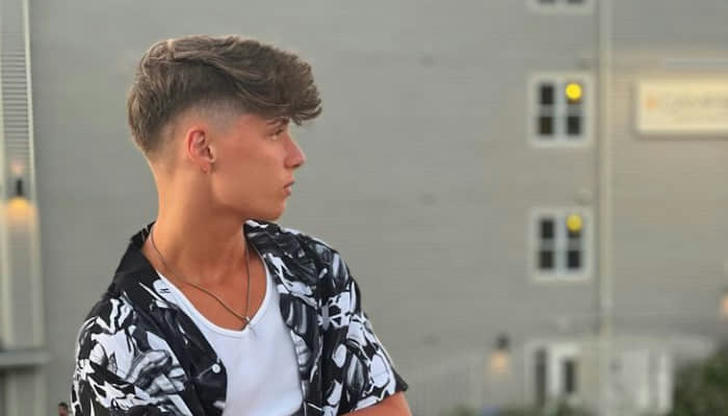
In terms of color, low saturation is the ideal choice, symbolizing the owner's preference for understated yet refined aesthetics. Unlike bold and vibrant hues that immediately catch the eye, these reserved tones and brightness levels allow the owner to exude a sense of effortless elegance. Additionally, low saturation creates a relaxed and contented appearance. This is why the Old Money style favors colors like white, off-white, and oatmeal, creating an atmosphere of perpetual serenity, as if there's ample time to savor life without being tainted by the hustle and bustle.
To wrap it up, dressing in the "Old Money" style ain't about faking wealth; it's more like a fashion vibe and dressing code worth taking a cue from.
Regardless of one's financial status, after years of experience, confidence and contentment naturally grow within. There's no need to exert excessive effort in many aspects of life, resulting in a gentle, soft, yet powerful appearance.

